Social Media Account Tells The Stories Of Artifacts That Didn’t Make It Into History Class
The modern world is filled with technological and engineering marvels that put the scope of human ingenuity on display. But in between the wires and circuit boards, there are remnants of civilizations long past. And while many of us will acknowledge their existence and magnificence, we also tend not to fully appreciate the histories behind them.
We might know the name, artist, and museum where some artifacts can be found, but do we really know anything about them? Well, that is what we are going to change today. We will mentally travel the centuries as we examine some of the most fascinating historical artifacts and archaeological discoveries that serve as a testament to humanity’s legacy—all learned from the educational Twitter account, ArchaeoHistories. Now, the only question that remains is, will you join us on this journey through our digital museum?
The Sunken Temple of Cleopatra
There are many famous and even legendary historical figures from various cultures around the world and throughout history. One of these famous figures was the 51-30 BC Egyptian queen, Cleopatra VII Philopator. While the story of Cleopatra has been preserved, her legacy hasn’t been entirely upheld.

A fine example is the sunken temple of Cleopatra, or rather parts that belonged to the temple, Caesareum of Alexandria. The temple was built on the island of Antirhodos, which sank in the 4th century. However, most of the Caesareum survived till the 19th century.
Roman Mosaics of Zeugma
Speaking of sunken wonders, another can be found in the ancient city of Zeugma. The Zeugma Mosaic Museum, located in Turkey, is the largest mosaic museum in the world, holding 1700 m2 of mosaics, the majority of which are Hellenic or Roman in origin.
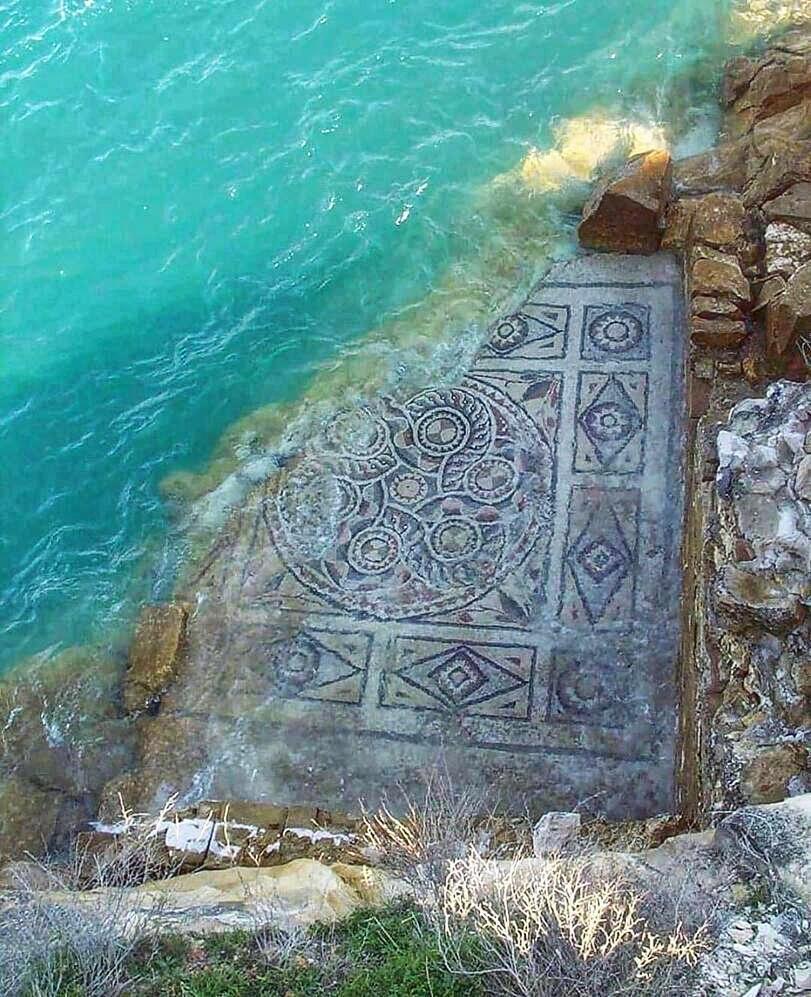
And while many mosaics were recovered and preserved, not all were so lucky—as this image will make apparent. Parts of Zeugma were flooded in 2000 following the completion of the Birecik Dam. Ironically, it was likely the reason this mosaic was discovered.
Moorish Craftsmanship in Alhambra, Spain
Europe is dotted with century-old castles and palaces that add to the cultural wealth of the continent. Spain, located on the Iberian Peninsula, is a fantastic example. The monuments that litter the country are fantastic; a fine example is the Alhambra Palace.
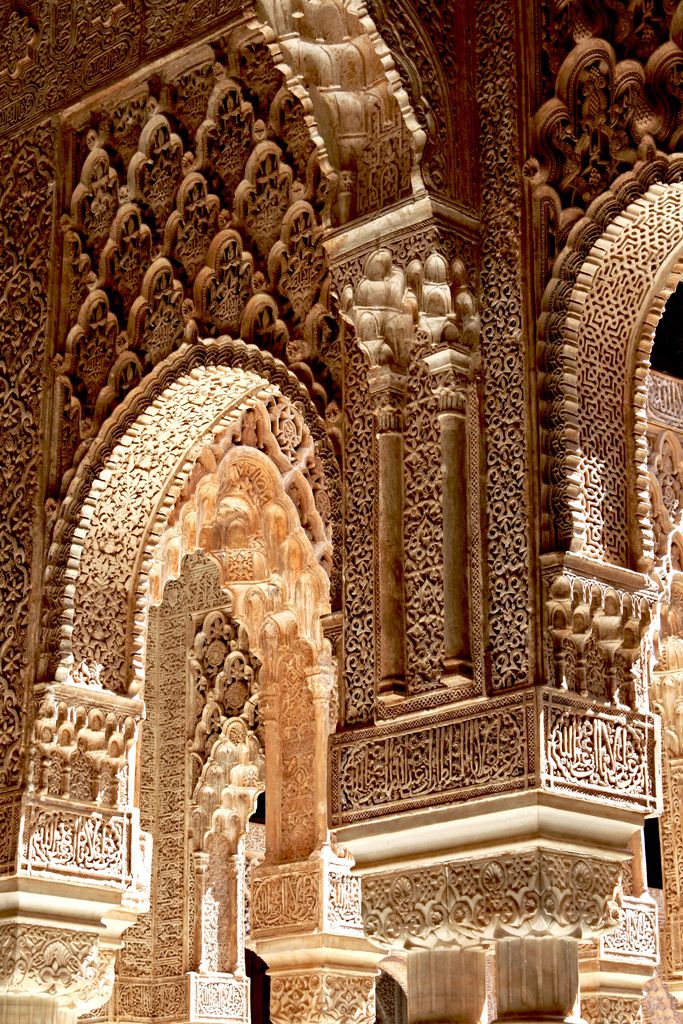
Every country we see today was born from a long and rich history of the land within its borders, which can be seen in its artifacts. In Spain, The Alhambra Palace reflects the period of Moorish occupation through its architecture. The 9th-century palace is known for its beautiful mix of Islamic and Renaissance designs.
The Amyntas King Tombs
Located in Turkey’s Muğla province, within the Aegean region, lies the ancient Hellenic Tomb of Amyntas. The tomb lies within the modern city of Fethiye, once the Greek city of Telmessos, founded in the 10th millennium BC and a satrap of the Achaemenid Empire.
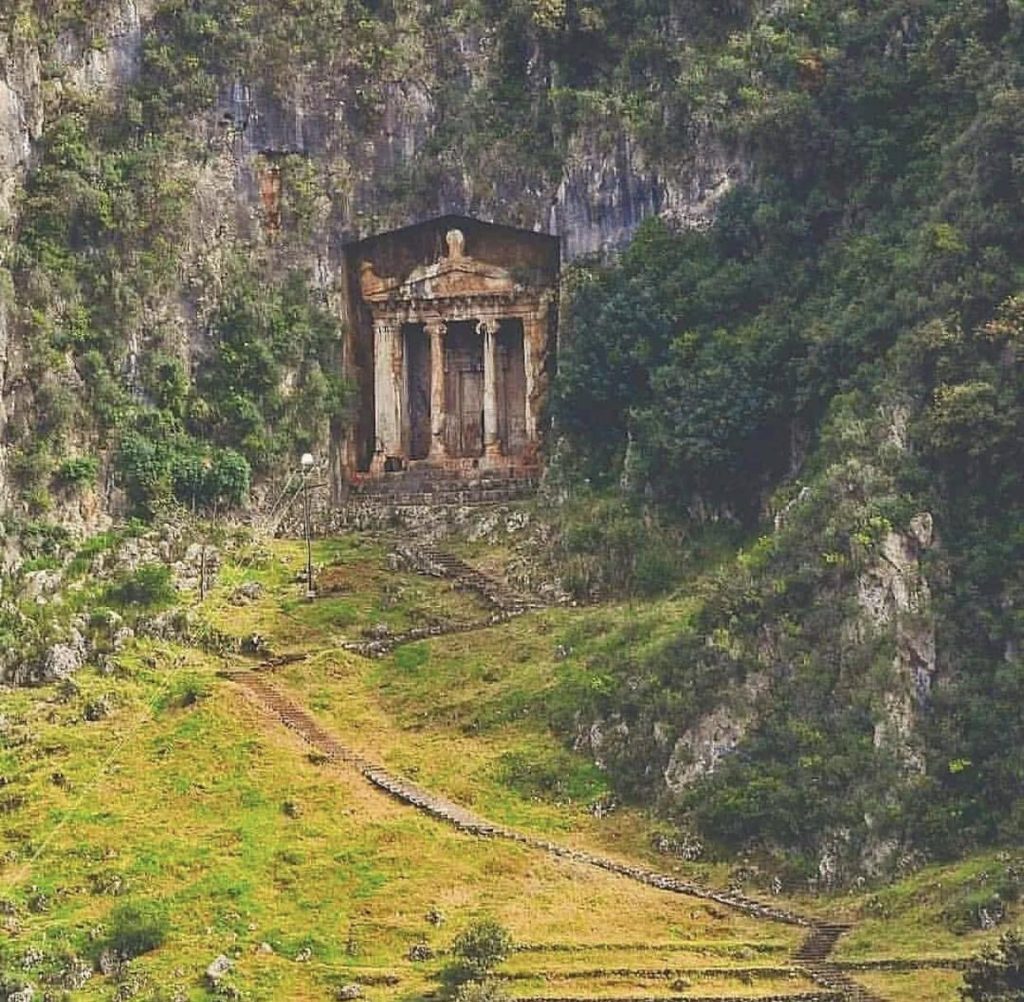
The temple was built in 350 BC by the Lycians—a mix of people from the many ethnic groups within Anatolia, including Greek settlers. The temple is believed to be dedicated to the son of Harpagos, a Median general who placed Cyrus the Great on the Achaemenid throne.
A 4000-Year-Old Footprint
When we talk or learn about famous historical figures, we inevitably learn about their legacy. After all, isn’t it what they leave behind that ensures their enduring fame? This thought is fittingly illustrated by the idiom, “to leave one’s footprint on history.”
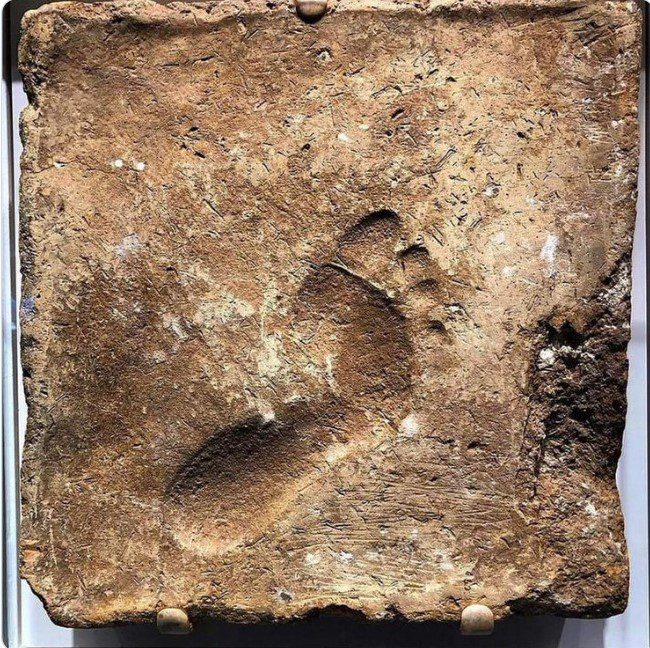
Speaking of footprints, this footprint holds a fascinating and mysterious story. This 4000-year-old footprint was preserved on a mud brick near the ancient Sumerian city of Ur, part of modern Iraq. Sadly, besides its age and location, we don’t know anything else about it.
The Marble Throne of Eurydice
There are many famous figures rooted in Greek history. Some real, others only mythological, and despite the culture’s fame, only a handful of these figures are widely remembered. In other words, a great many are overlooked or unknown to the wider public, such as Eurydice I, queen of Macedonia.
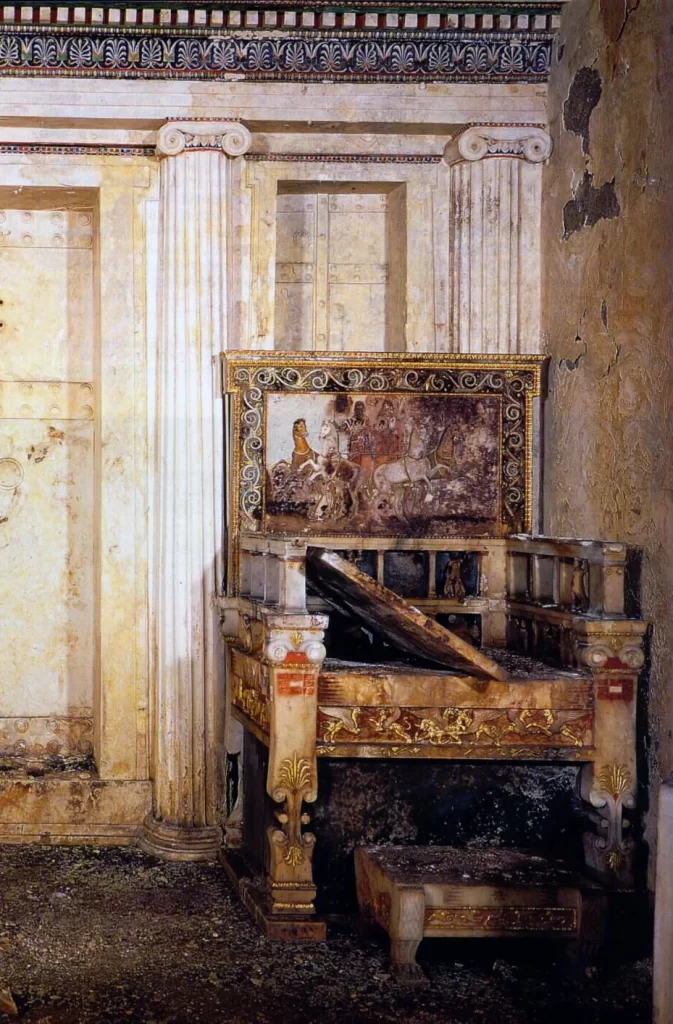
Eurydice was married to Amyntas III of Macedonia and was the grandmother of Alexander the Great. She was known for her active and aggressive involvement in politics and contributions to the development of the city-state. Only a few monuments, such as her marble throne, are all that remain.
A 1700-Year-Old Blue Glass Bowl
Whilst we are still exploring ancient Greece, we have another fascinating relic that really will make you respect their craftsmanship. This enchanting bowl is said to be made from blue glass and is believed to be at least 1700 years old.
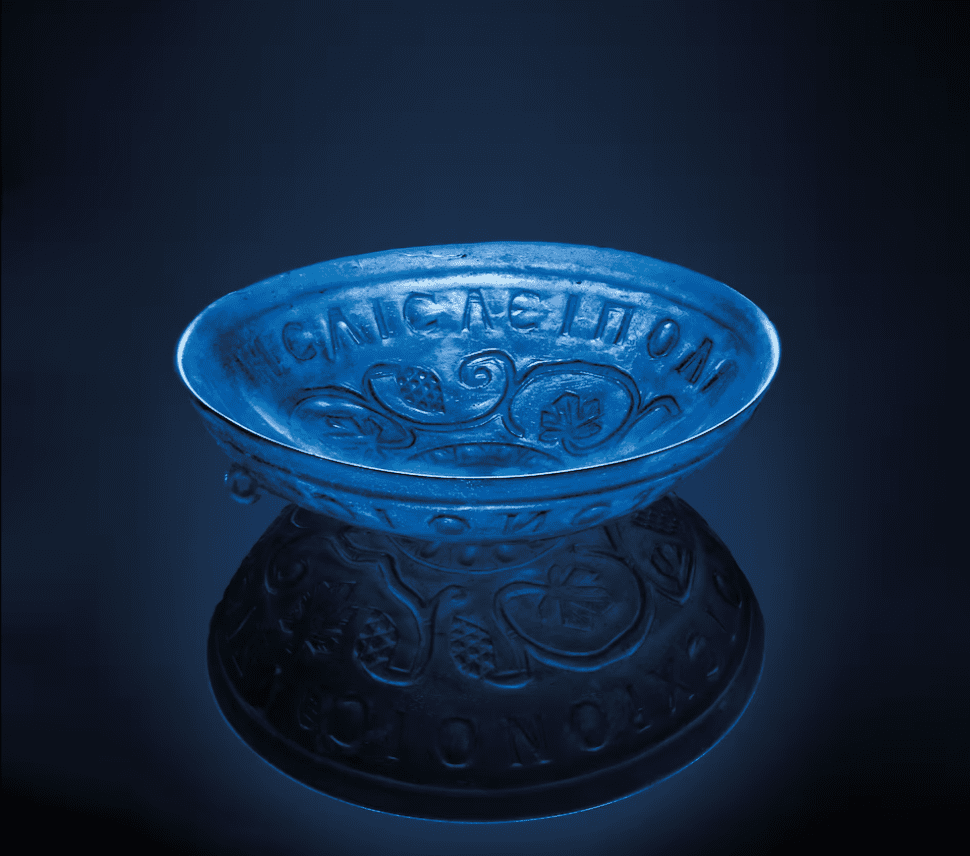
The inscription on the bowl reads, “Drink to live forever, for many years.” The art of glass making, specifically Hellenistic glass, originated during the Hellenistic period. This period began with the death of Alexander and ended with the expansion of the Roman Empire.
A Roman Comb
And speaking of Romans, according to research, the Romans were simultaneously hygienic and unhygienic people—by today’s standards, anyway. This odd mix arises from some unorthodox and mildly disgusting “cleaning” customs. However, they did know about bathing and apparently taking care of one’s hair.
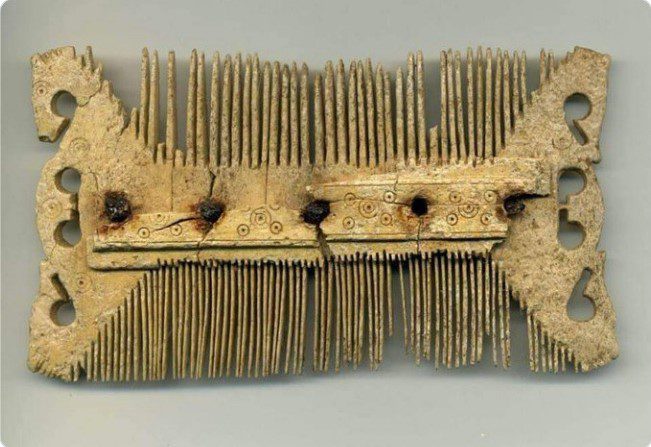
This beautifully made and surprisingly well-preserved comb was found in the tomb of a Roman woman. We can only assume that the comb was very valuable to her if she was buried with it. Archaeologists believe the comb is from the 4th century AD and possibly made from antlers.
A Babylonian Statue in Mesopotamia
Mesopotamia is a region and point in history that has never failed to be an endless source of unending interest for historians. The region was home to some of the most ingenious and skillful craftsmen—according to ancient and classical sources.
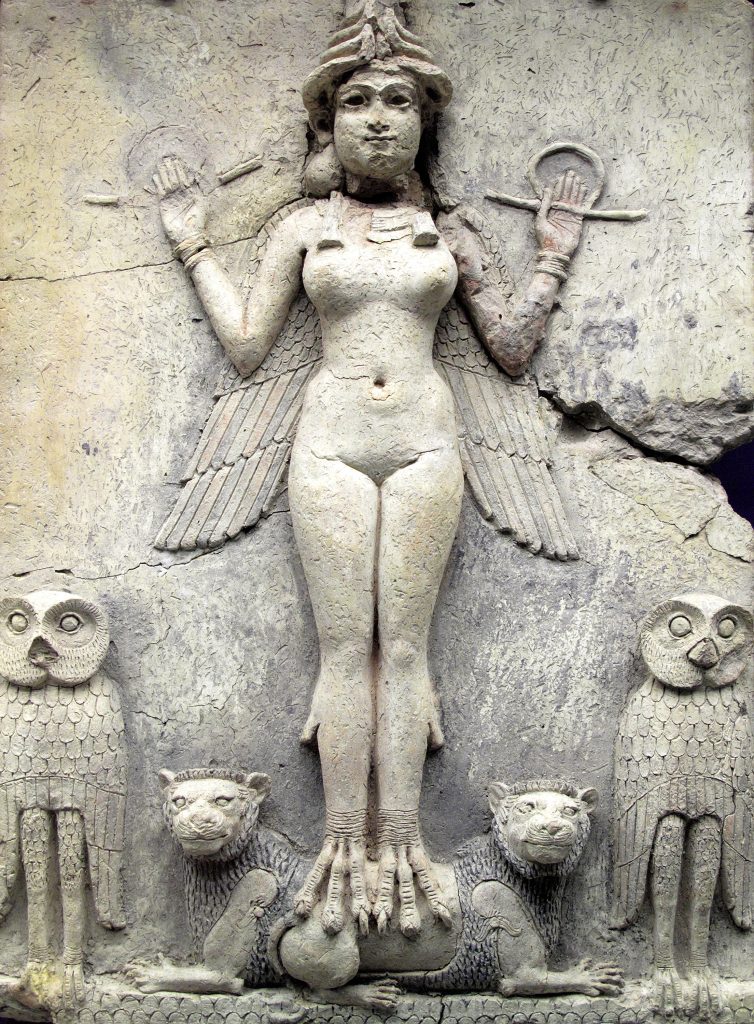
One such kingdom was Babylonia, where this striking piece of art came from. This is the Burney Relief, or the Queen of the Night Relief, a terracotta relief that depicted a god-like and taloned figure. It is thought to be from the 19th century BCE!
A Roman Toilet
We mentioned that the Romans had both some modern and strange cleaning habits. A rather surprising one is that they had toilets, which you can see in this image. While it is too long to explain, they even had an adequate sewer system.
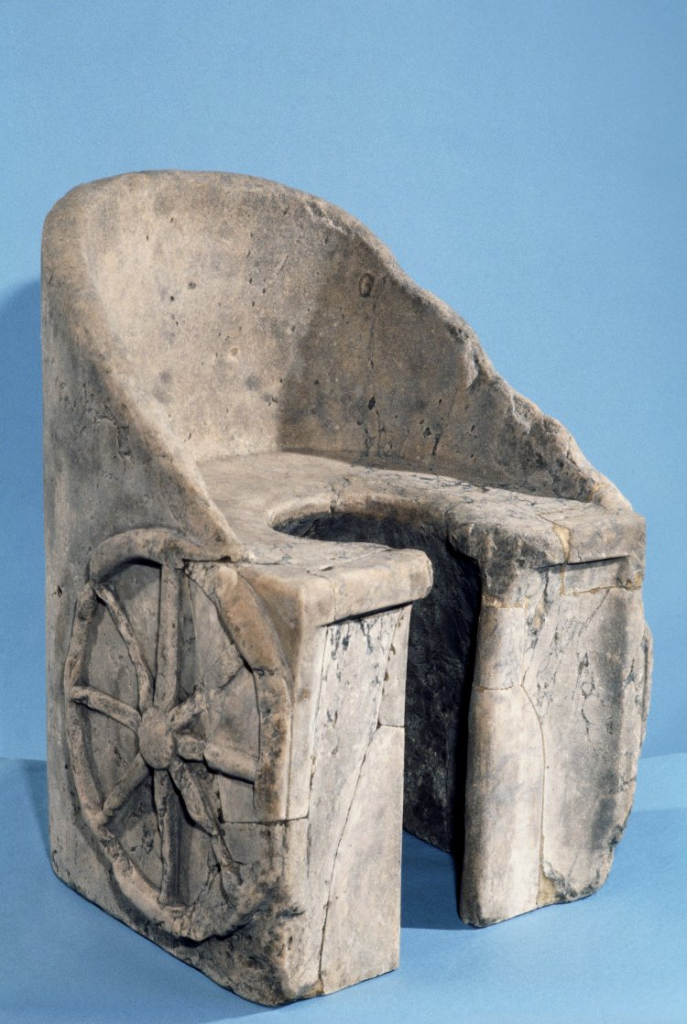
It is believed that the Romans modeled their hygiene practices after the Etruscans, a rival civilization that lived in Italy. However, while the Romans did practice hygiene, the spread of disease was a rampant issue. Well, at least they bathed, right?
Roman Crystal Die
The Romans didn’t only enjoy being clean; they also loved games. What you are looking at is a crystal game dice from at least the 2nd century. Just like modern dice, they are also marked with one to six dots on each side.
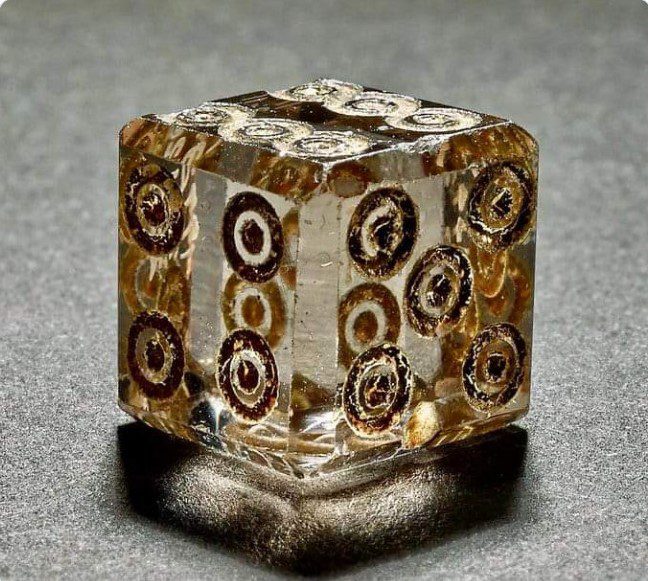
While there were a number of board games that the Romans played, we aren’t sure what game this die was for. That said, it would be safe to say that it was used for Tabula. Tabula is, in essence, an ancestor of backgammon.
The Hunger Stones
We all know that modern society has made modern life easier; at least for those in wealthy nations. Yet, this wasn’t always the norm. A fact illustrated by the hunger stones of Central Europe—landmarks that served a grim and important purpose.
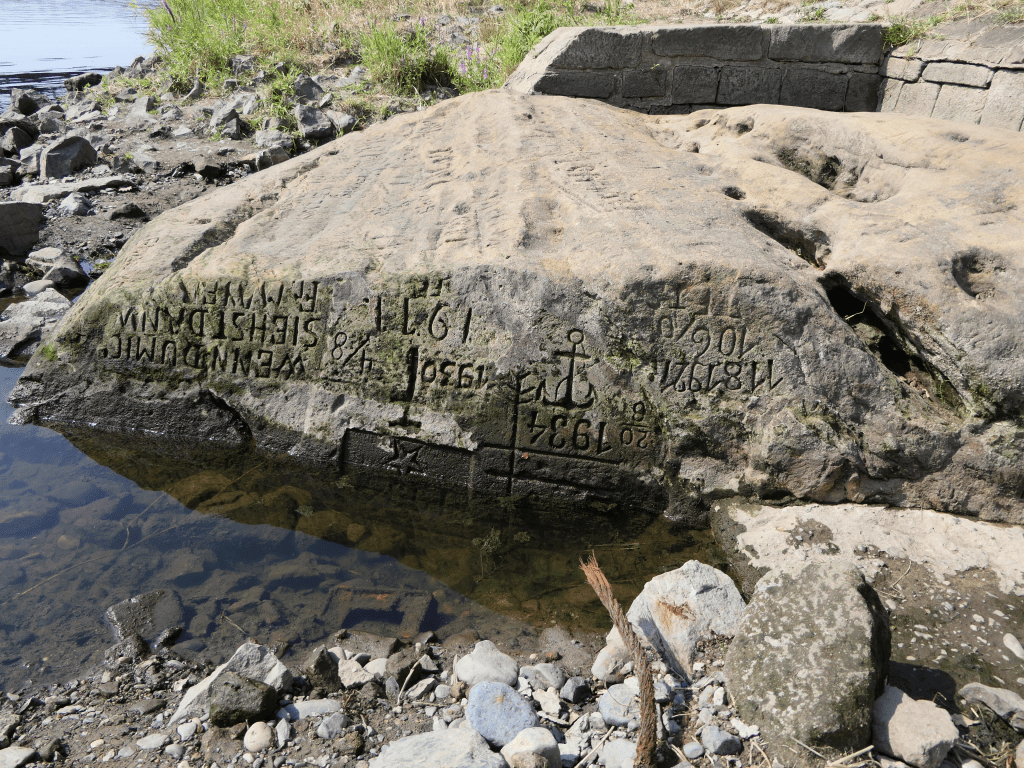
The hunger stones were hydrological landmarks used throughout the region since the 15th century. Their purpose was to serve as famine memorials for younger generations when waters were low and food scarce. This one lies in the Elbe river, near the Czech Republic.
Statue of an Egyptian Priest
This bust is of the ancient Egyptian scribe and priest, Kaaper, or Sheikh el-Beled. Kaaper is believed to have lived between the 4th and 5th Dynasties, making him and his bust 4500 years old. And yet, his life is largely unknown.
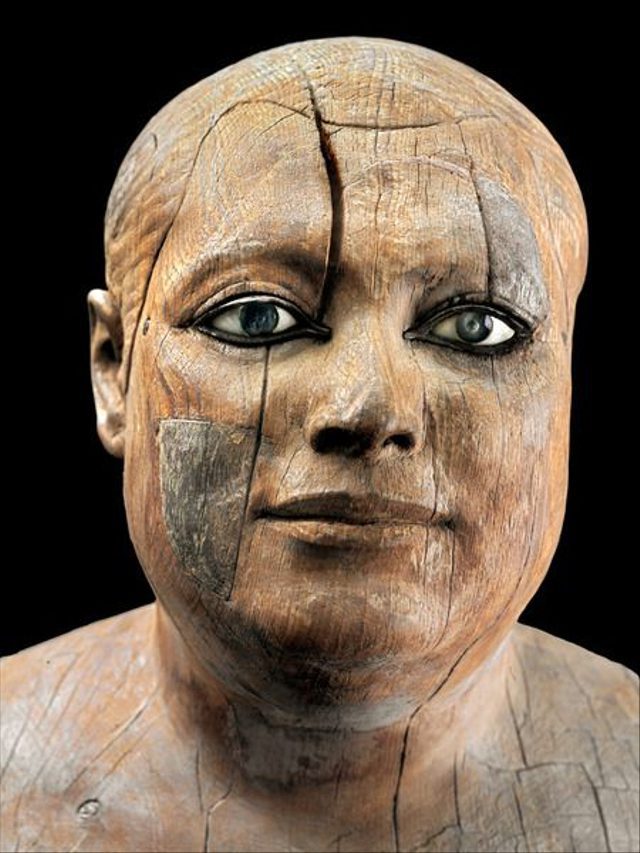
What we mean by this is that we don’t know much about his personal life. All we know was his rank—a lector priest—and that he served as the scribe of the pharaoh. However, his bust is the most famous thing about him.
The Skull of an Arsinoitherium
Similar to Kaaper, some dinosaurs, are often overlooked and overshadowed by famous ones like the Tyrannosaurs rex and Brontosaurus. For example, do you know about the Arsinoitherium? This dinosaur was more closely related to the elephant than to the rhino—we mention this only because it looks similar to the latter.
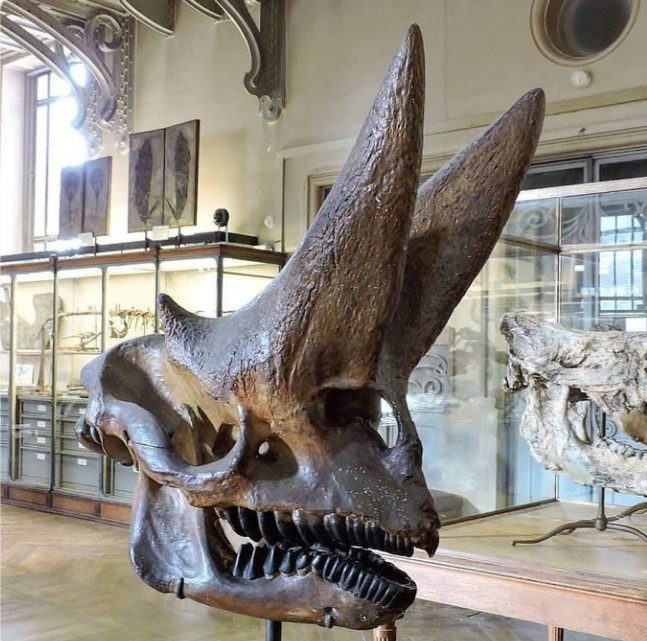
However, the Arsinoitherium only has the superficial appearance of a rhino. They lived roughly 36 to 30 million years ago and were largely found in North Africa and were herbivores. Judging from their fossils, they were estimated to measure 3 meters long.
The Oldest Door in Britain
There are plenty of interesting old objects people have uncovered over the years, but they don’t all date back to Cretaceous Period. This ancient oak door is not only the oldest door in Westminster Abbey, but it is also the oldest in Britain! How old, you ask? Well, over 900 years old!

It also happens to be the oldest surviving Anglo-Saxon (ancestors of the English) door that is also still functional. It is believed the door was built during the reign of Edward the Confessor, the last king of the House of Wessex.
A Greek Owl Perfume Bottle
When we think of Ancient Greek art, our minds first go to their, many impressive statues and vases with intricate paintings. But there are many other relics that deserve equal attention. Namely, their exquisite oil and perfume containers, the aryballoi or aryballos.
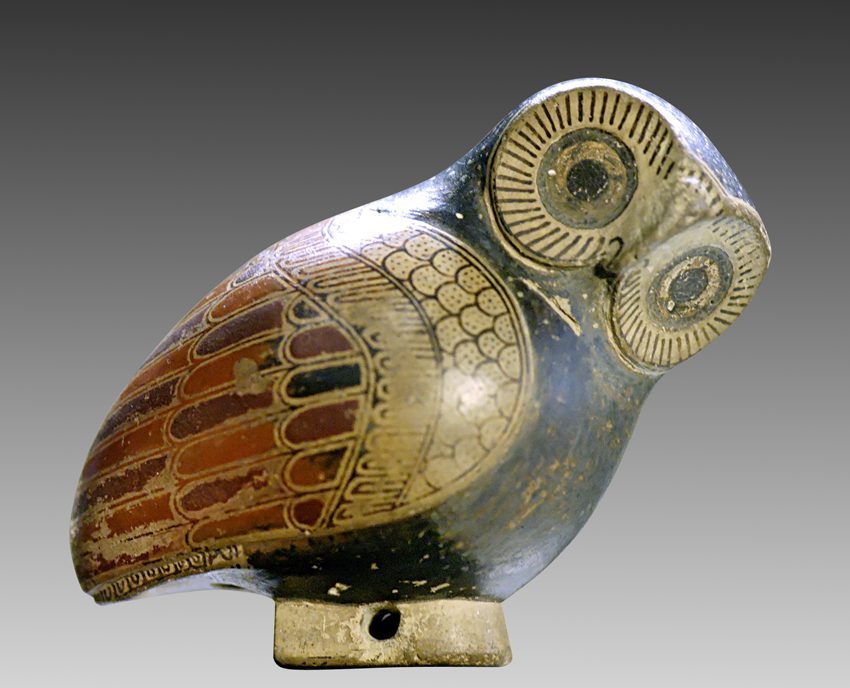
Dating back to the 9th century BCE during the Proto-Corinthian period, most aryballos looked like globe-shaped wine jugs. But there were exceptions, like this wonderful owl-shaped one. The owl was spiritually significant in Greek mythology, being associated with the goddess of wisdom, Athena.
7000-Year-Old Romanian Figures
This next entry is likely to make you a little skeptical due to how modern they look. These two charming figures are housed in the Romanian Cultural Institute and are called the Silent Woman and the Thinker. If they’re not modern art, how old are they?
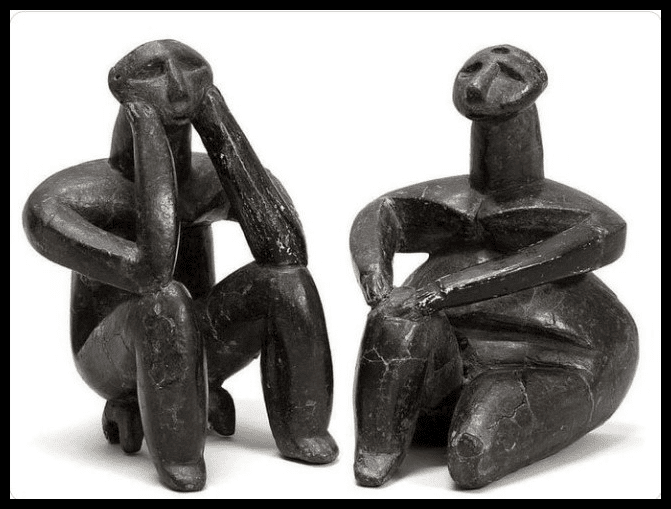
We mentioned that their age would be deceiving, but would you ever have guessed they are over 7000 years old! These figures are believed to be created by the Hamangia, a tribe that sailed over the Black Sea from Anatolia.
The Largest Tree Trunk in the World
What you are about to see is considered the tree with the largest trunk in the world. Believed to be 2000 years old and 42 meters tall, Mexico’s Tulu Tree is certainly impressive. The tree is found in the state of Oaxaca.
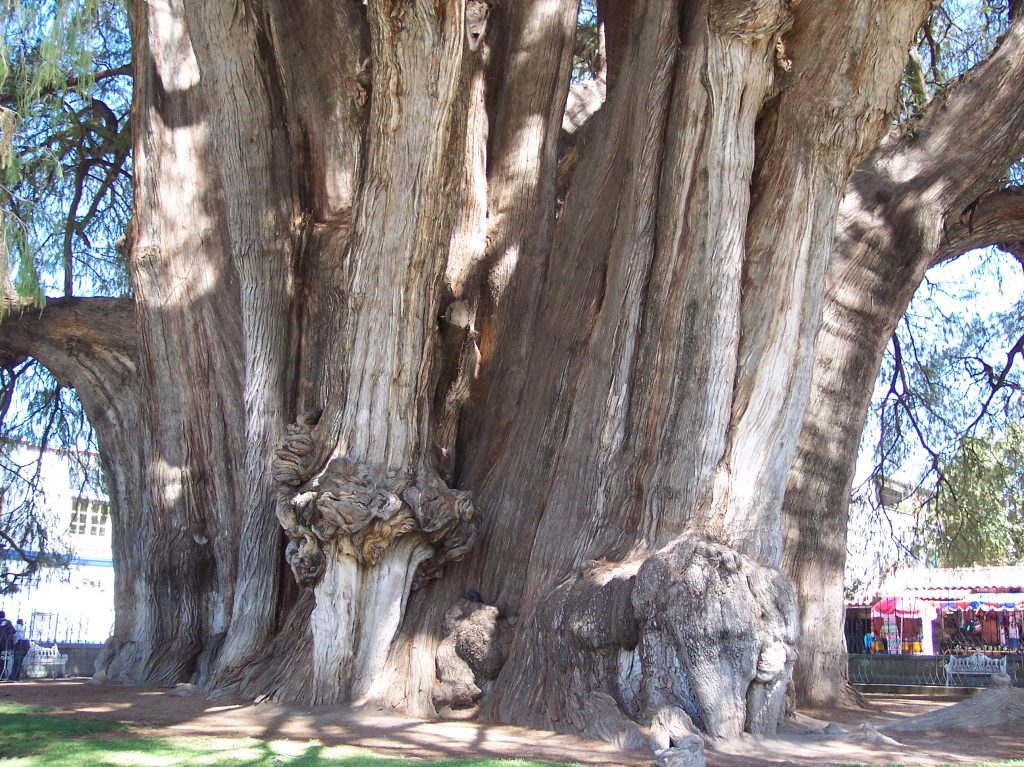
El Arbol del Tule (its Spanish name) sits on the church grounds of Santa Maria del Tule. The tree has a measured true circumference of 42.0 meters. Due to its gigantic size, many believed that it was a collection of tightly grouped trees.
Ancient Greek Helmets
When it comes to iconic pieces of armor, few can compete with the ancient Greeks. Stored in Greece’s Archaeological Museum of Olympia, one can find this impressive collection of Bronze Age helmets. While we don’t have an exact amount, you can only imagine how many there are.
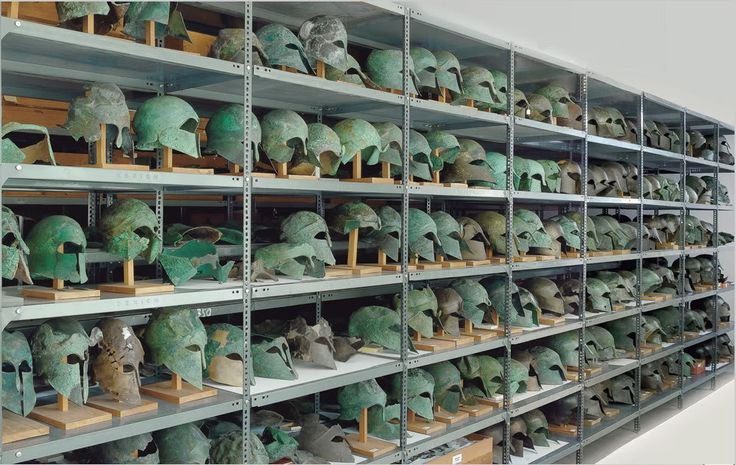
While the collection is incredibly diverse, the majority of the helmets are Corinthian in style. The Corinthian helmet, arguably the most iconic, was made from bronze and named after the city-state of Corinth. They date back to at least 500 BCE.
The Sunken City of Thonis-Heracleion
Underneath the waters of Egypt’s Abu Qir Bay, you will find all that remains of the ruined city of Thonis. You might also know this city by its Greek name Heracleion, or as a combination of the two—Thonis-Heracleion. It was a port city near the Nile River’s Canopic Mouth.
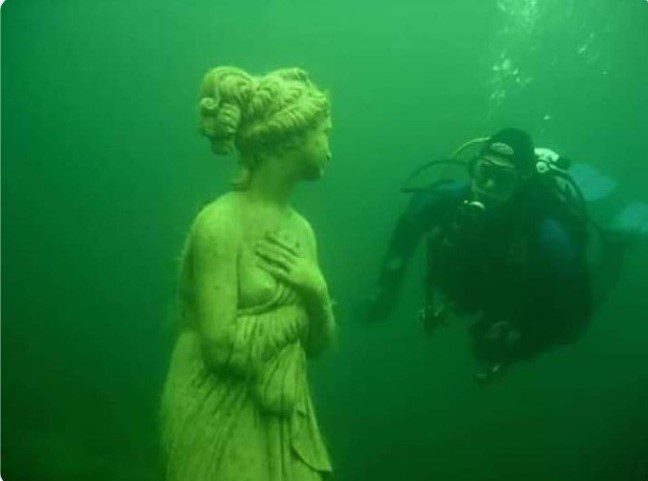
Surviving records from Antiquity place Thonis-Heracleion as far back as the 12th century BCE. The city was a place of trading and religious importance to the pharaohs and the Egyptians. It is also often featured in the writings of Greek historians and their mythologies.
Fukang Meteorite
When we think of meteorites, we tend to imagine rather plain chunks of grey space rocks. This image is not fully reflective of all meteorites. A perfect exception is the Fukang meteorite, located in the mountains near the city of Fukang in China.

It was only discovered in 2000 and is theorized to be 405 billion years old. What you see is only a small part as the whole piece weighs over 1000 kg! While it might look like gold or amber, it’s actually a common mineral called olivine.
Fragment of a Glass Roman Bowl
The sad truth of the matter is, when we discover an artifact from a civilization centuries long gone, they are seldom in one piece. What we find instead are pieces or fragments that were lucky to have survived. Yet who is to say that fragments cannot be beautiful?
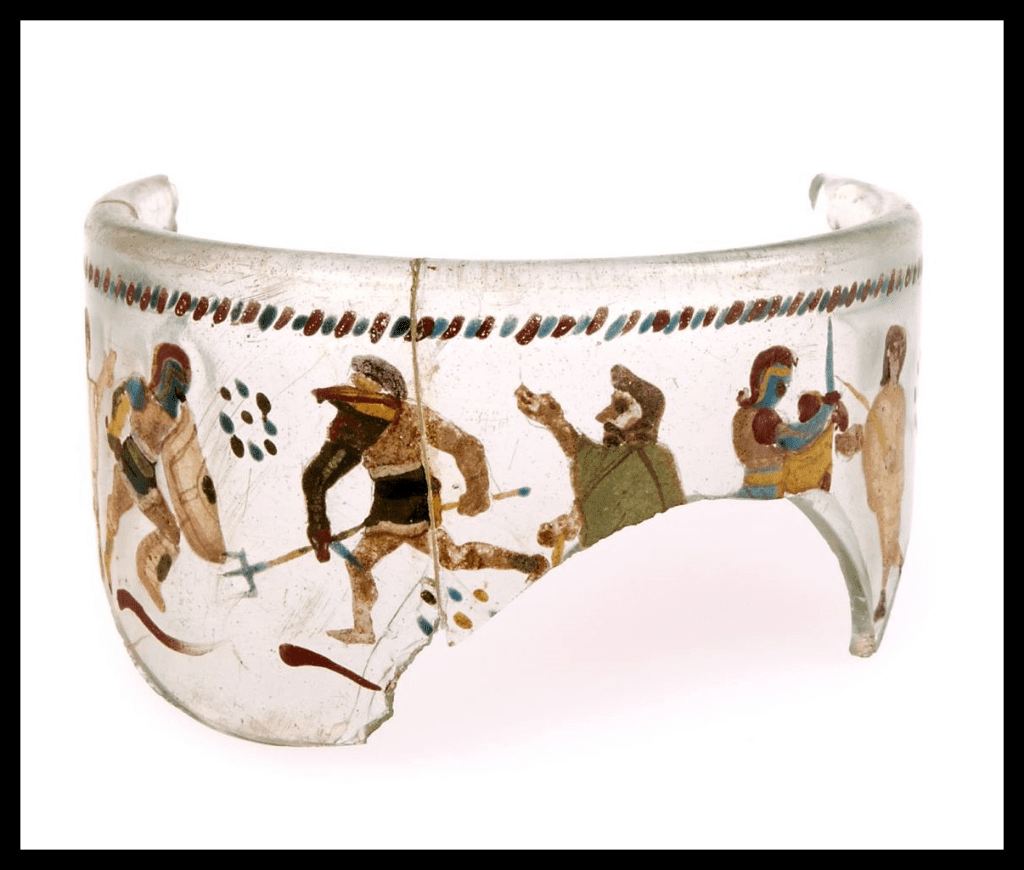
Take, for example, this fragment of an exquisite 3rd-century Roman glass bowl. The craftsmanship of this bowl is certainly impressive, but so are the painted figures of gladiators. The bowl was excavated near the old Roman fort of Vindolanda in Northumberland.
Aerial View of the Ancient City of Thebes
While this may look like an interesting sandcastle, it is actually an aerial shot of the remains of the city of Thebes. Or, more specifically, the western part of the old city that stood and flourished for more than 3000 years.
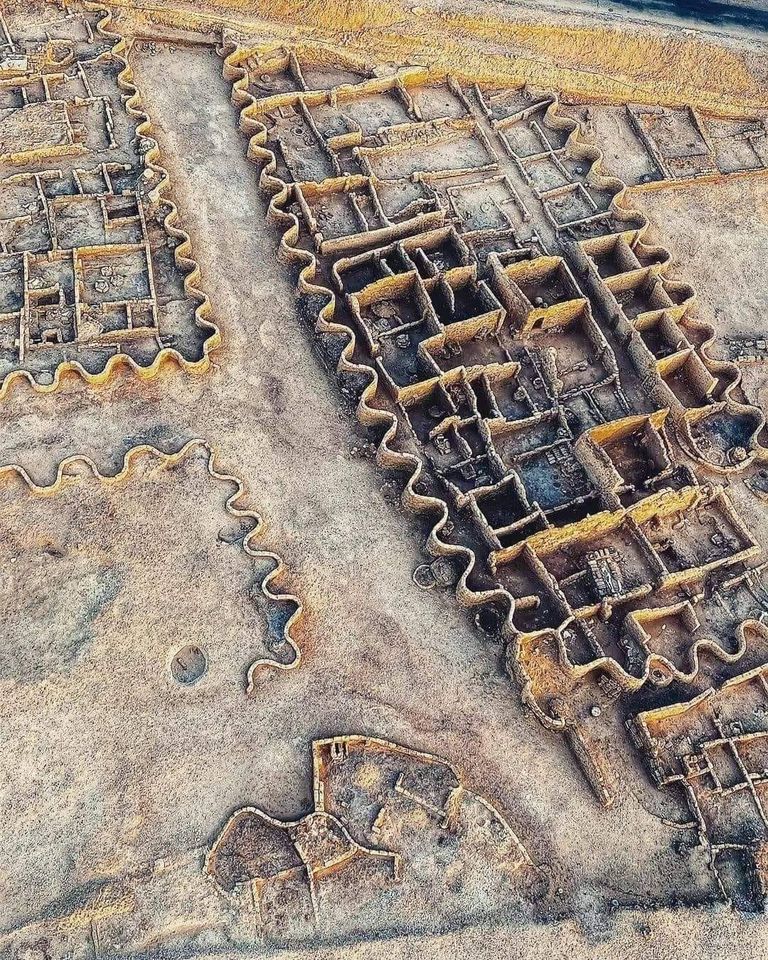
Thebes, known to the ancient Egyptians as Waset, was a wealthy and culturally significant city and served as the capital for many centuries. Thebes later became less influential during the reigns of Akhenaten and Tutankhamen when the capital was moved to Akhenaten and Memphis, respectively.
A 9th-Century Ivory Panel
And speaking of ancient cities, let’s travel further northeast to our next entry, which was discovered in the ancient city of Nimrud in Iraq. Nimrud was an Assyrian city that is estimated to have been built around 1274 BCE and was later excavated in 1845.
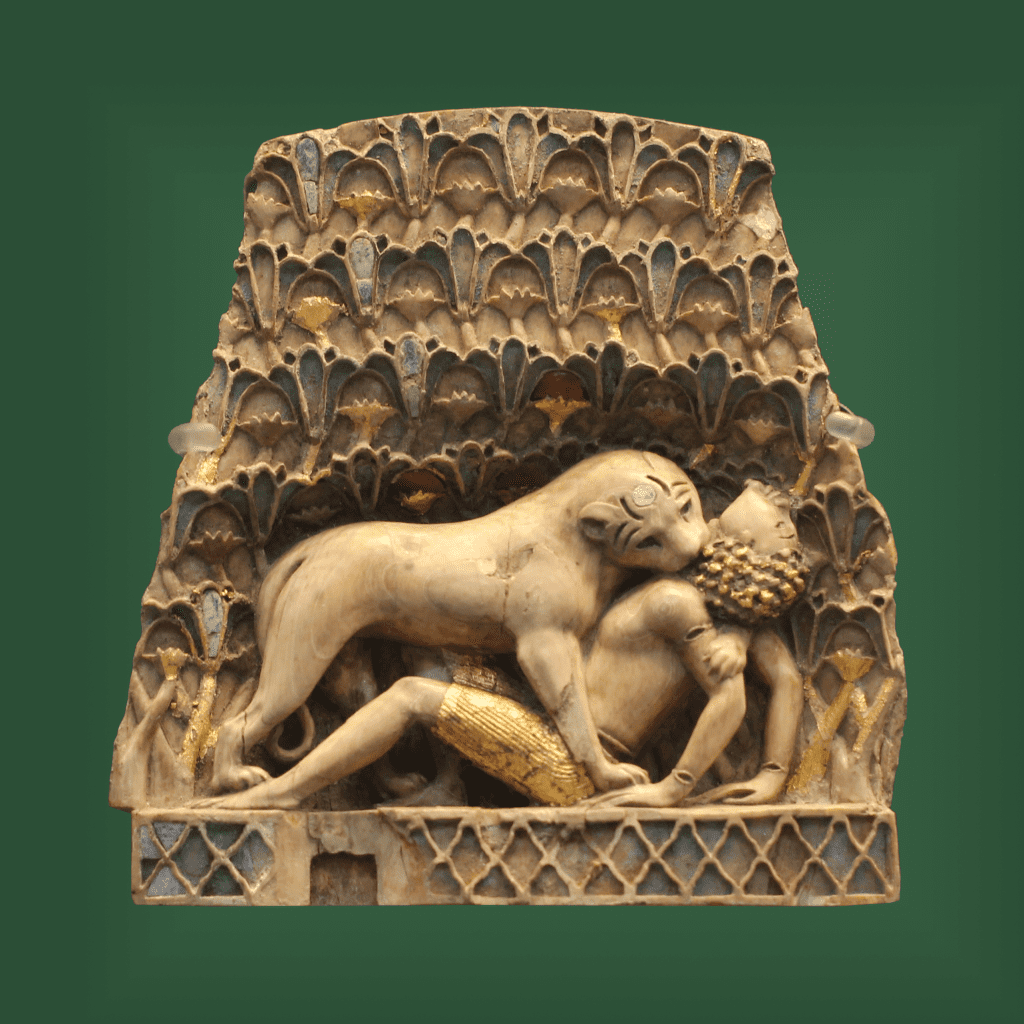
The excavations uncovered a great many stone artworks and carvings, valuable inscriptions and other precious treasures. One such treasure is this ivory plaque, originally accented with gold, that depicts a lion killing a man. It was found in the remains of Ashurnasirpal II’s palace.
Remains of a Roman Legionaries Armour
The Roman Empire was famous for many things, such as the strength and military discipline of their legendary legions and its legionaries. The legion refers to many states of a standard Roman army and encapsulates the various evolutions of the ages.
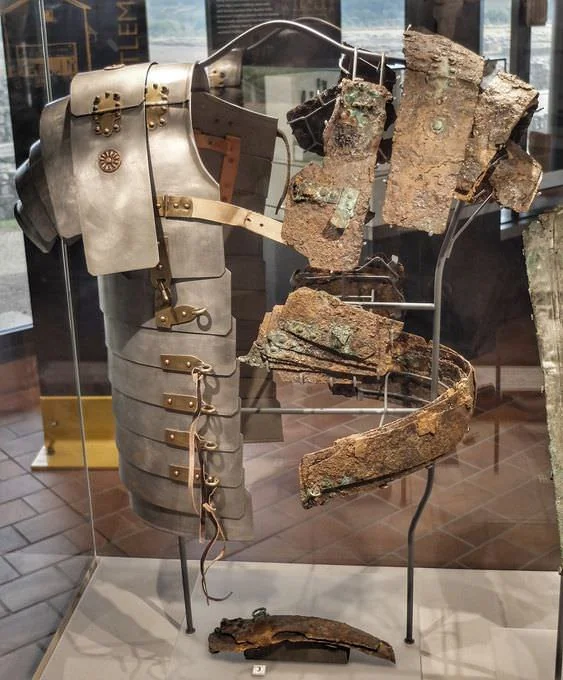
The legionary was a professional heavy infantry unit that appears during the Marian military reforms and formed the bulk of a legion. This is a piece of standard legionaries’ armor that has partially survived over the centuries and is called lorica segmentata.
The Riace Bronzes
The Romans were not the only famous warriors of their age. The exploits and legacy of the Greek city-states are also legendary. But the Greeks are also equally remembered for their art. Such as the Riace Bronzes/Warriors from Riace, Italy.
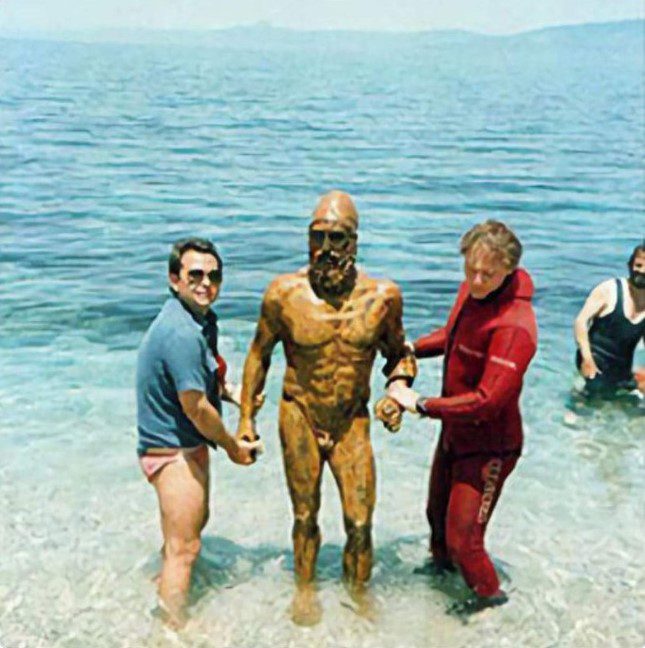
There was a lot of Roman and Greek cultural exchange, in case you were confused. Dating from 460 BCE, this statue is of a bronze naked and bearded warrior standing guard. It is one of only a few surviving Greek statues of this size.
An Upside-down Italian Fig Tree
Most of the entries that we have shown have been wonderful creations of human ingenuity. However, there are times when even human intervention can’t get in the way of nature. Take this fig tree, for example, that decided to grow upside-down.
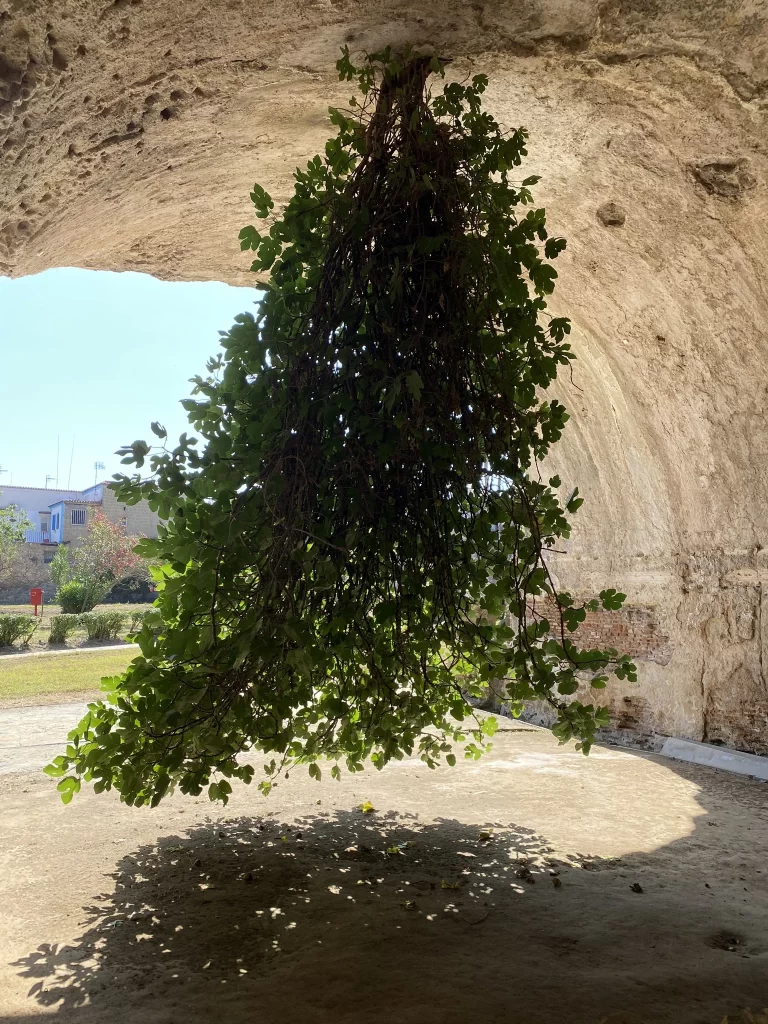
This fig tree is something of a curiosity to the people of Bacoli, a city in Italy where it grew. It’s a curiosity because no one knows how it got there, why it grew that way, or how it manages to survive.
The Luna Vasahi Dome
Near the Indian settlement of Mount Abu, in Rajasthan, you will find the village of Dilwara and its famous temples. The Dilwara temple complex is a group of incredibly intricate Śvētāmbara Jain temples, a branch of the Indian Jainism religion.
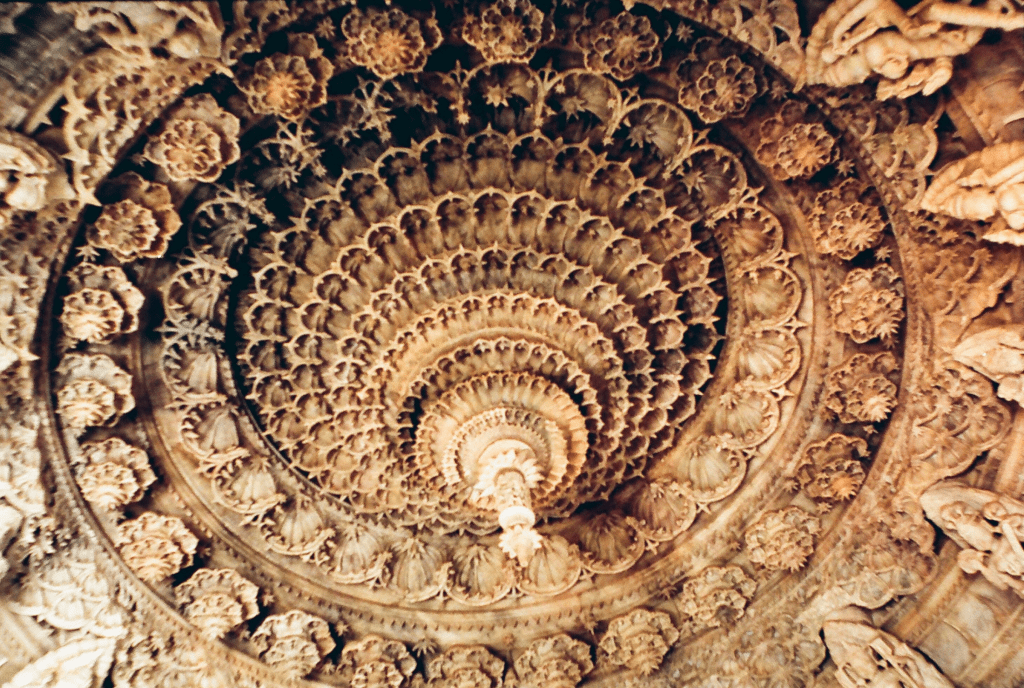
And the one we see in the photo above is the Luna Vasahi temple, built in the 13th century, and its breathtaking domed ceiling. The temple is known for the detailed statues and shires within it and for being sculpted from white marble.
Stone Effigy of a Knight
On the Isle of Skye, in the graveyard of the village of Kilmuir, lies a rather fascinating statue. The statue is known as the Stone Effigy of a Knight and the Knight’s grave. Sadly, it’s an unknown and forgotten resting place.
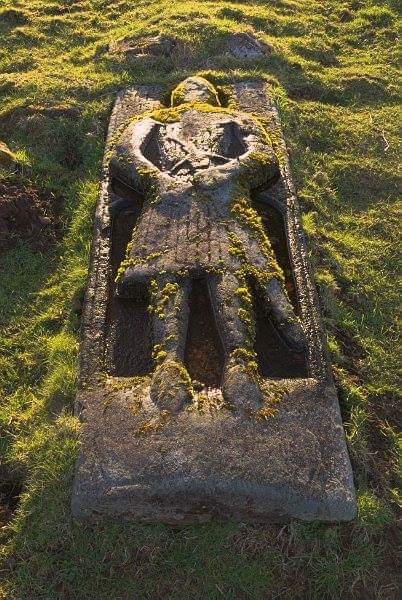
A sad reality that perhaps is due to the small size and remoteness of the village. The grave could belong to a wide range of people due to the isle’s numerous inhabitants. From Gaelic tribes to Norse travelers, many have settled on the isle.
Cairo’s Zamalek Tree
Cairo. The capital of Egypt and a city with a truly extensive history, if one far younger than its sibling cities. Within the Western Area of Cairo is the ward of Zamalek, a man-made island situated on the Nile’s west bank.
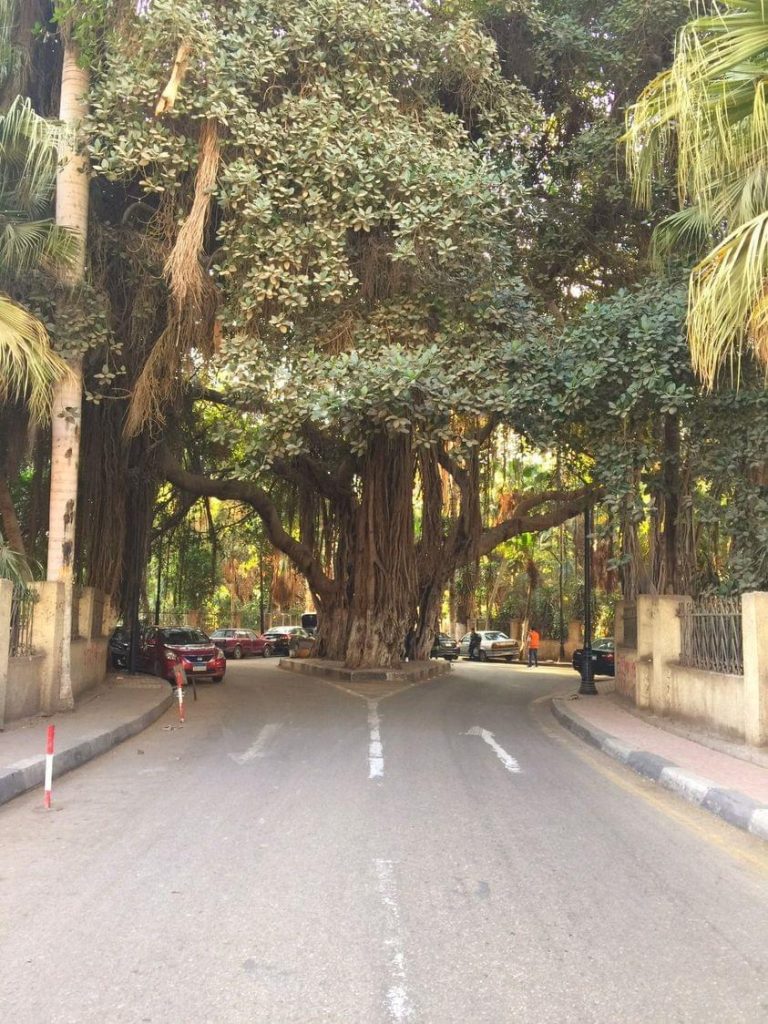
Zamalek is known as a more affluent area, with blocks of 19th-century apartments and villas framed by treed streets. Trees such as this great 1000-year-old one, which was planted in the middle of one of the main streets back in 1868 CE.
The Statue of Yasuke
Japan is a nation that draws fascination from across the world due to its rich culture and history. It is also the location where the story of this next entry begins. The story is of Yasuke, the weapon-bearer Oda Nobunaga.

Nobunaga is regarded as one of the most ruthless generals of feudal Japan. Taken as a slave from Africa, Yasuke was brought to Japan where he would eventually enter into the service of Nobunaga. He ultimately became a trusted and loyal servant and guard.
The Armoured Skeleton of St. Panacratius
If you ever find yourself in the Swiss city of Wil, make a point of visiting the Historical Museum of St. Gallen. The museum safeguards many priceless treasures, but the one we are interested in is the armored skeleton of St. Pancratius.
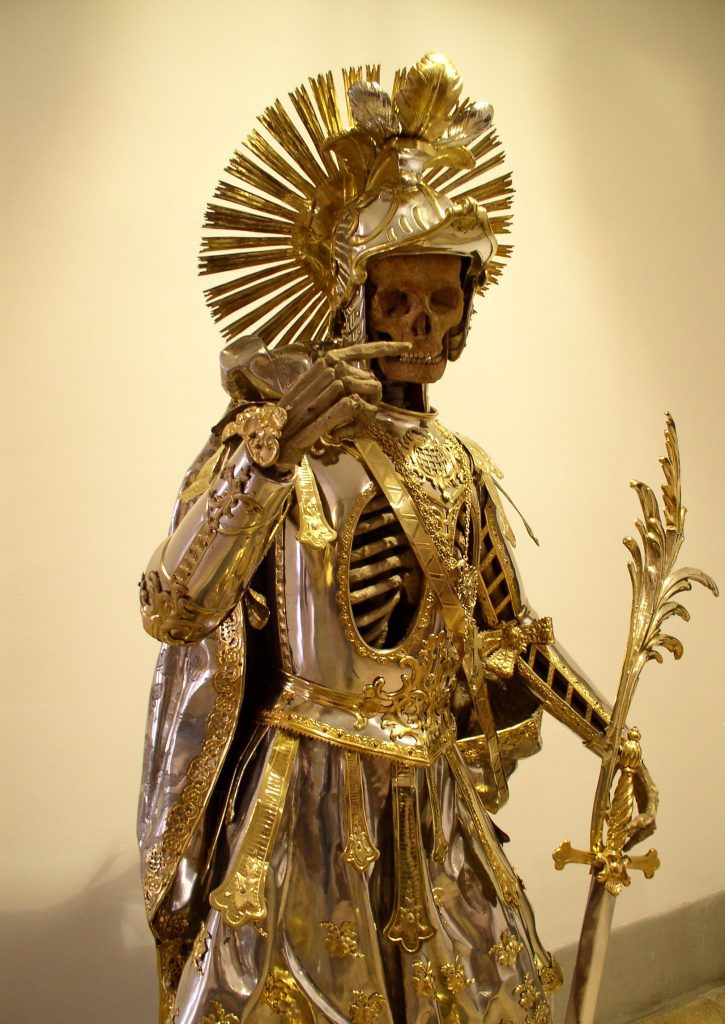
St. Pancratius, or Pancras (“the one who holds everything”), was one of the first Romans to convert to Christianity. This skeletal figure and others like it are referred to as catacomb saints—exhumed Christians that served as relics of particular saints.
Ancient Mayan Statue
Before the arrival of Europeans, the Americas were filled with various and diverse peoples and cultures, both of which were diminished by foreign conquerors. And yet they still survive through their people and the ruins and landmarks they have left behind.
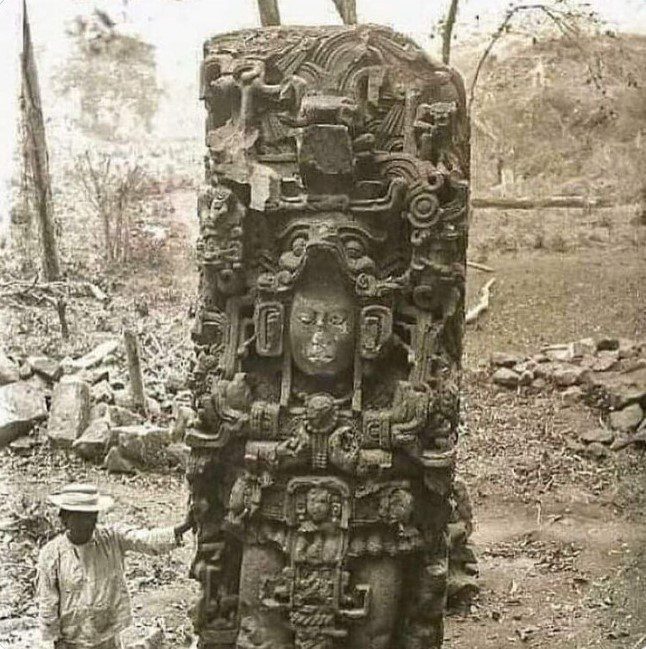
This statute was found in 1885, deep within Honduras’s jungles, and is of Maya origins. The Maya were one of the most powerful and advanced civilizations in the Americas, with a strong understanding of mathematics, astronomy, and their own writing system.
Loket Castle
In the Czech Republic’s Karlovy Vary region stands the 900-year-old Loket Castle. This impressive Gothic-styled castle was built atop a great hill with its sides covered by the Ohre river on three sides. Perhaps that is a reason it is still standing.
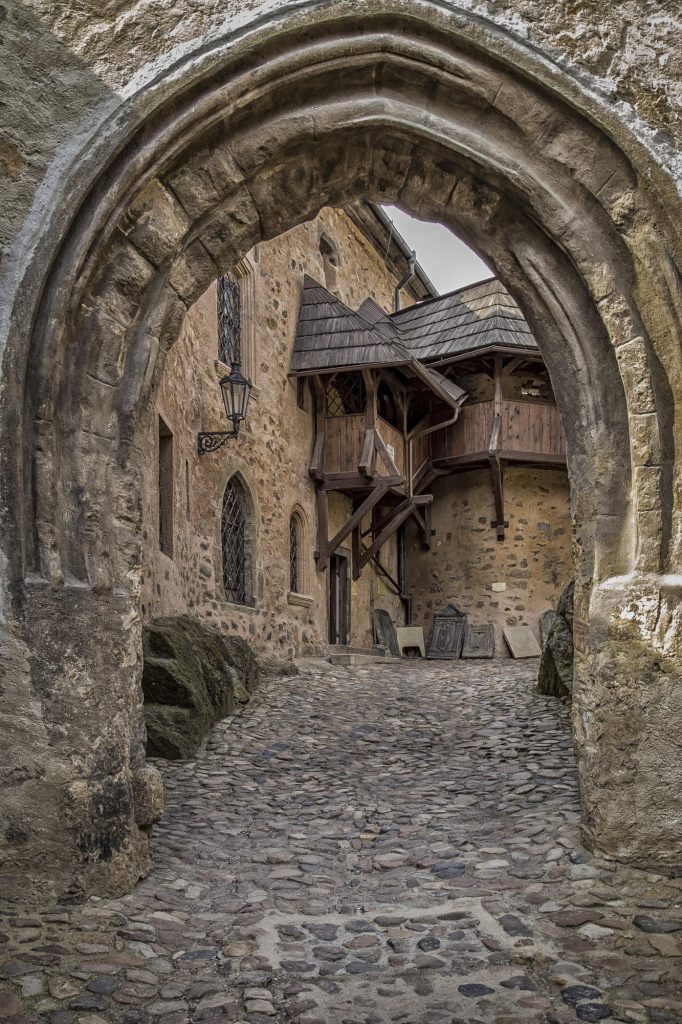
In fact, the Loket Castle’s thick walls earned it the name, “the impregnable Castle of Bohemian.” It is one of the oldest standing stone castles in the country and lives on as a monument and museum. Now, that is quite the legacy.
Statuette of High Priest in Uruk
In Iraq and east of the dried-up river bed of the Euphrates lies the ruins of the ancient settlement of Uruk. Uruk was founded roughly in 4000 BCE by the Sumerians and later the Babylonians, the Seleucid, and Parthian Empires.
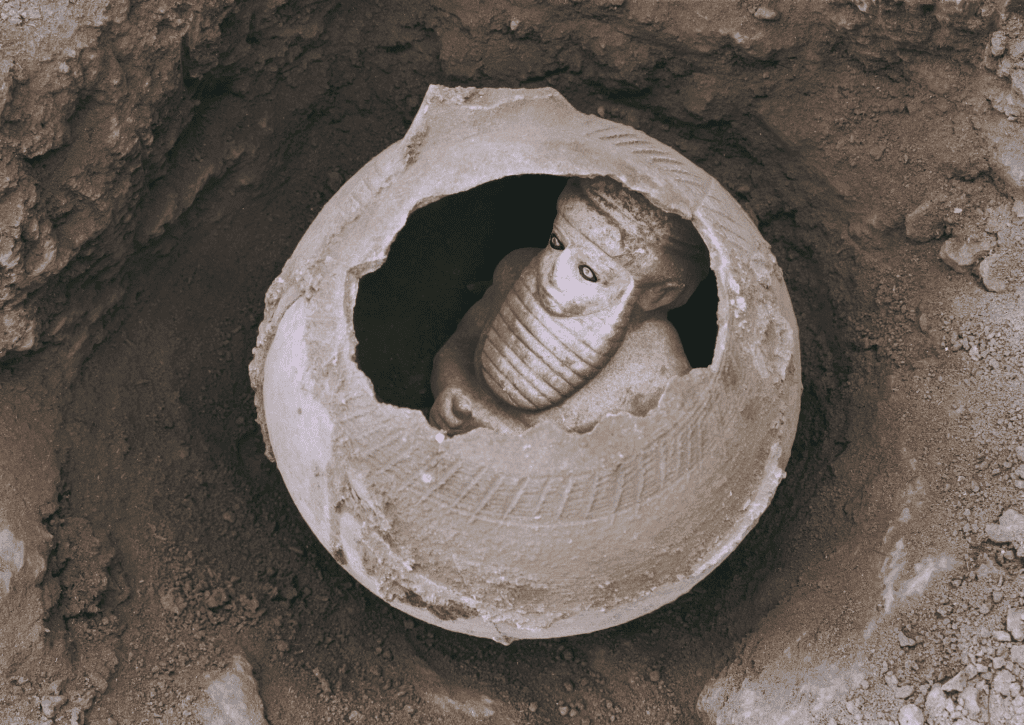
As with many ancient cultures and civilizations that were either assimilated or conquered, we don’t know much about them. All we can do is learn from relics such as this Statuette of a priest-king sealed within an urn—a recurring figure in their art.
Roman Glass Perfume Bottle
This next one is another Roman artifact, but it is interesting for two main reasons. The first is that this stunningly crafted item is actually a glass perfume bottle. Which brings us to the second reason; what did they use?
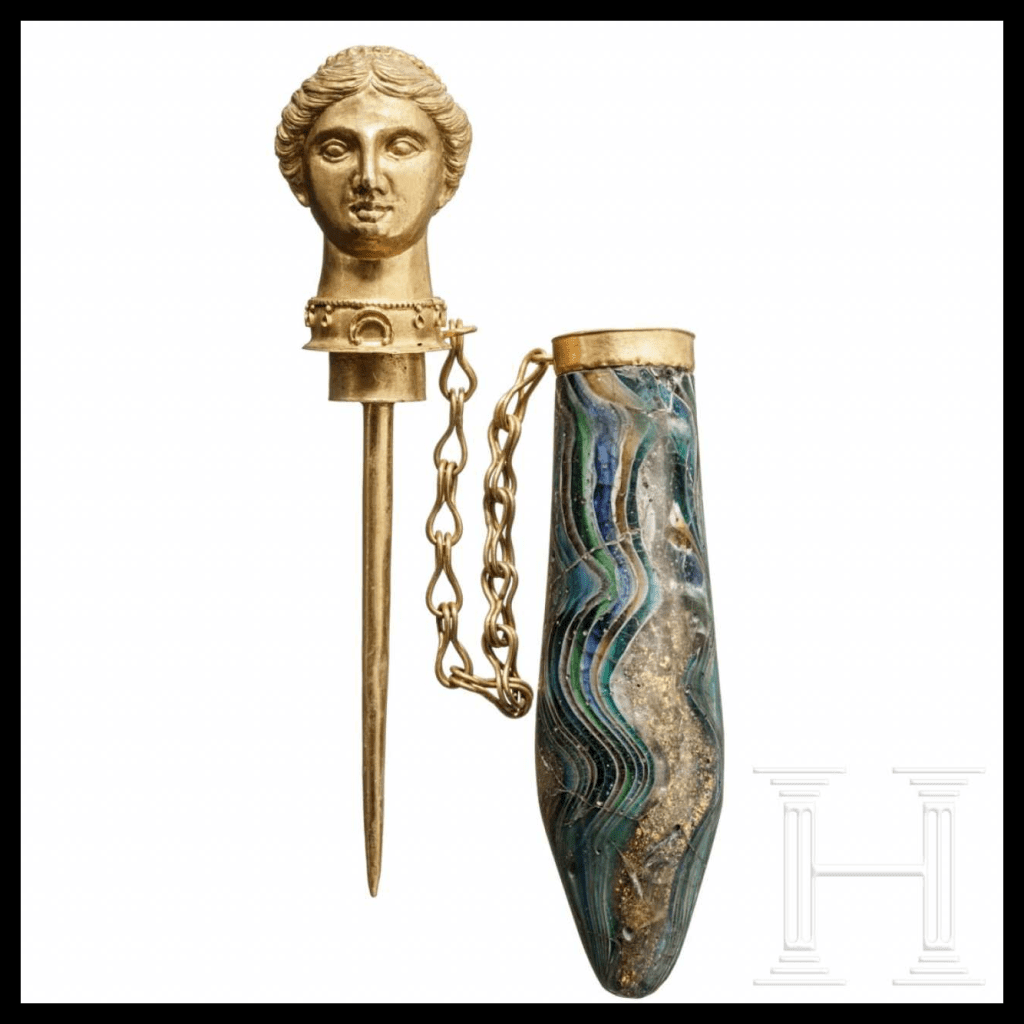
Cosmetics, particularly perfumes, were very popular at the time. So much so that writers like Cicero even mocked them. Most perfumes of the time were made from various oils, herbs, and flowers and could be a liquid or a sticky solid.
The Temple of Horus
While the pyramids are the most iconic and known creations of Ancient Egyptians, their temples are arguably far more impressive. Take, for instance, this enchanting picture taken inside the Temple of Horus built on the west bank of the Nile.
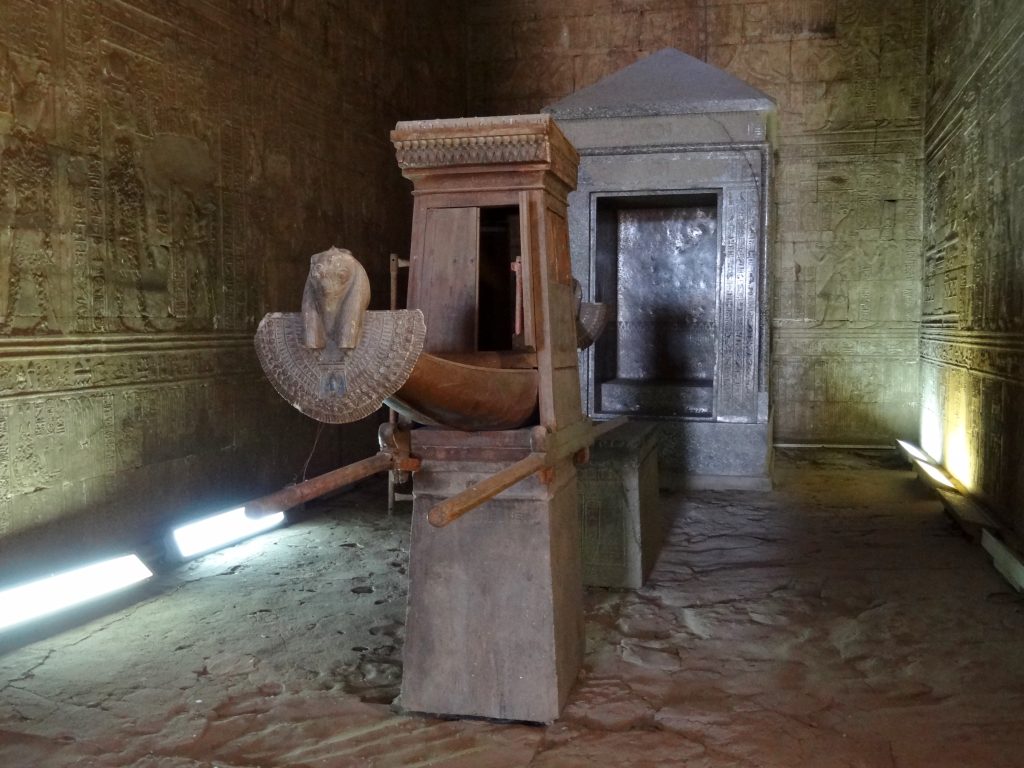
The temple itself was built in the city of Edfu, and for this reason, the temple is also known by that name. It was built during the Ptolemaic kingdom and was dedicated to Horus, the god of kingship and the sky.
A 4000-Year-Old Wagon
Speaking of incredibly well-preserved things, you would not imagine what the locals of Lchashen found near Lake Sevan in Armenia. What they managed to dig up was this ancient oak wagon that is estimated to be over 4000 years old!
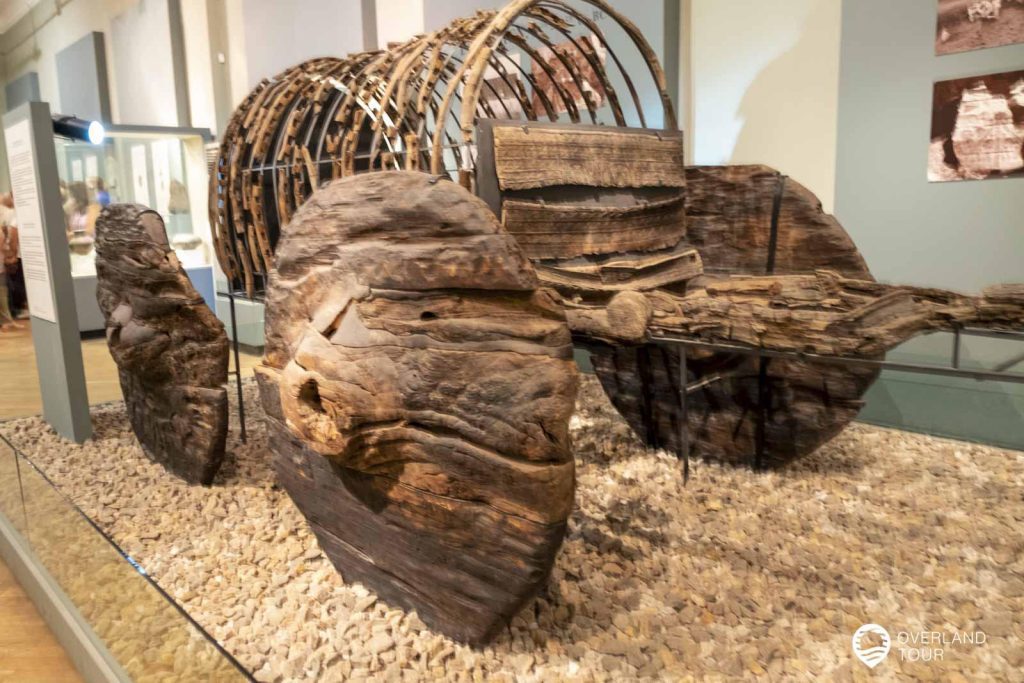
Currently on display at the History Museum of Armenia and entirely made from oak wood, it’s amazing how it survived. What is even more impressive is how similar it looks to the more modern wagons of later centuries. Just incredible!
A Camel Petroglyph
Near the southernmost border of Saudi Arabia lies the Najran province, a province home to a UNESCO World Heritage Site. This site is the Bir Hima—a rock art site that dates to the Neolithic era and features dozens of petroglyphs.
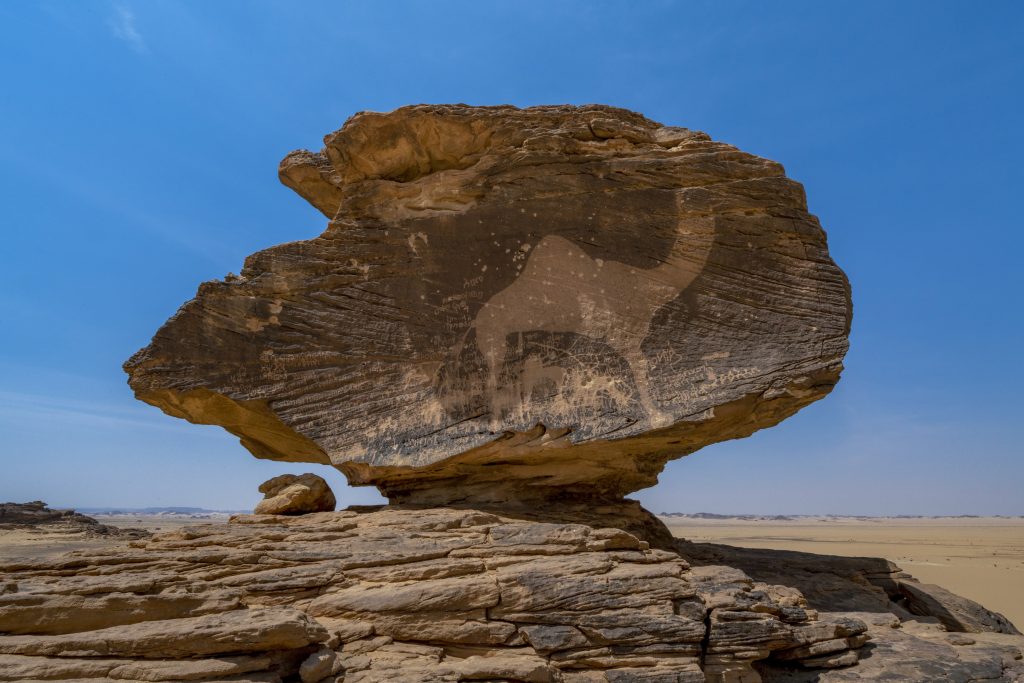
This one, in particular, is of a life-sized camel, an incredibly detailed one that is only one of 250 other images. Other famous petroglyphs from the site include a group of dancers, a ram, cattle, and even blocks of text-like symbols.
The Roman Delikkemer
This bizarre-looking piece of stonework is actually the surviving remains of a Roman Aqueduct. The remains are found in the southwest part of Turkey in what was once the Roman city of Patara. It is referred to as the Delikkemer Aqueduct.
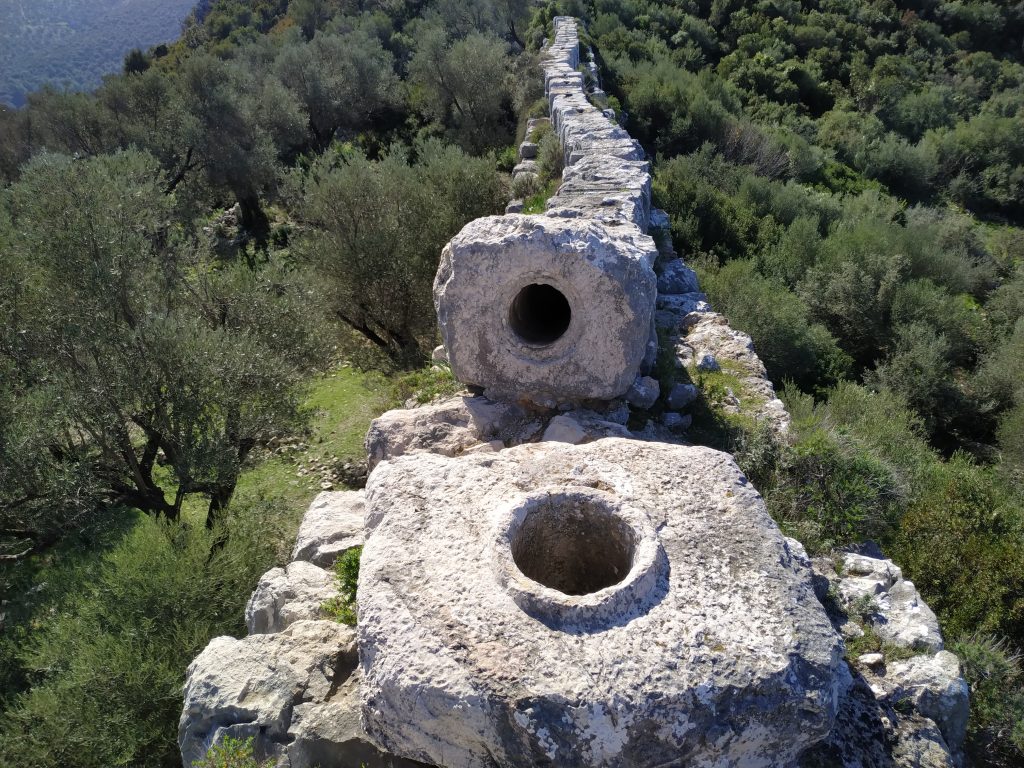
It is believed to have been constructed during the reign of Emperor Claudius between 41-54 CE and served to transport water to the isolated city. The was initially a Greek colony and the capital of what was the state of Lycia.
A Terataspis Fossil
This alien and supernatural-looking creature is called a fossil of a Terataspis, a trilobite from the Devonian period, roughly 400 million years ago. Now you might be thinking that the size is an over-exaggerated anomaly, but they did grow to lengths of 60 cm.
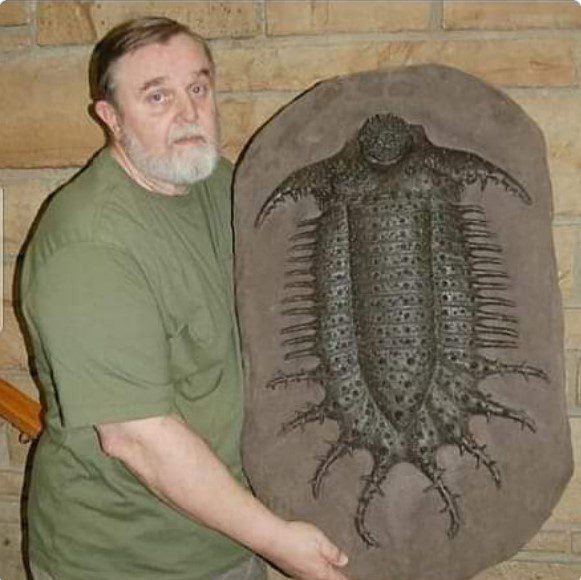
They lived in shallow waters, where Ontario and New York State now are, and were detritivores. Detritivores feed on the dead particulates of the organic matter of plants and animals. That said, it is thought they hunted smaller invertebrates as well.
Yemen’s Mystery Village
Deep within central Yemen lies the Daw’an district and the intriguing village of Haid al-Jazil. Built on top of a gigantic boulder that overlooks the Wadi Daw’an valley, the village is made entirely from mud bricks. But that’s not all….
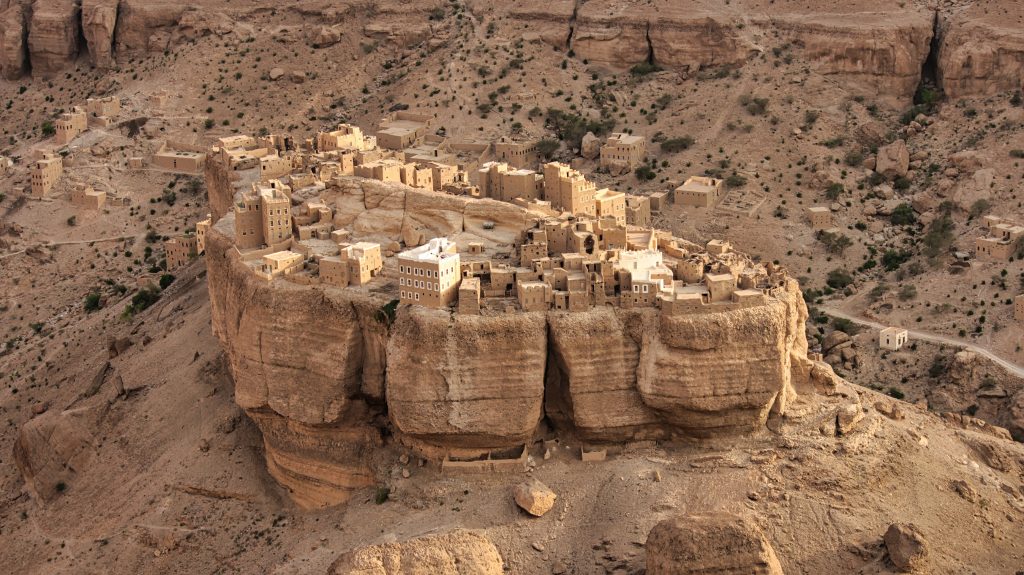
The most interesting is the fact that the village, as of the 2004 national census, was home to only 17 people. Can you even imagine how awkward that must be to live there? We wonder if the population has increased since then.
A 3rd-Century Roman Mosaic
Our next entry can be found in Italy. On the autonomous island of Sicily, in the province of Enna, is the “comune” of Piazza Armerina. And while the city largely developed during the Norman occupation, its history is far older.
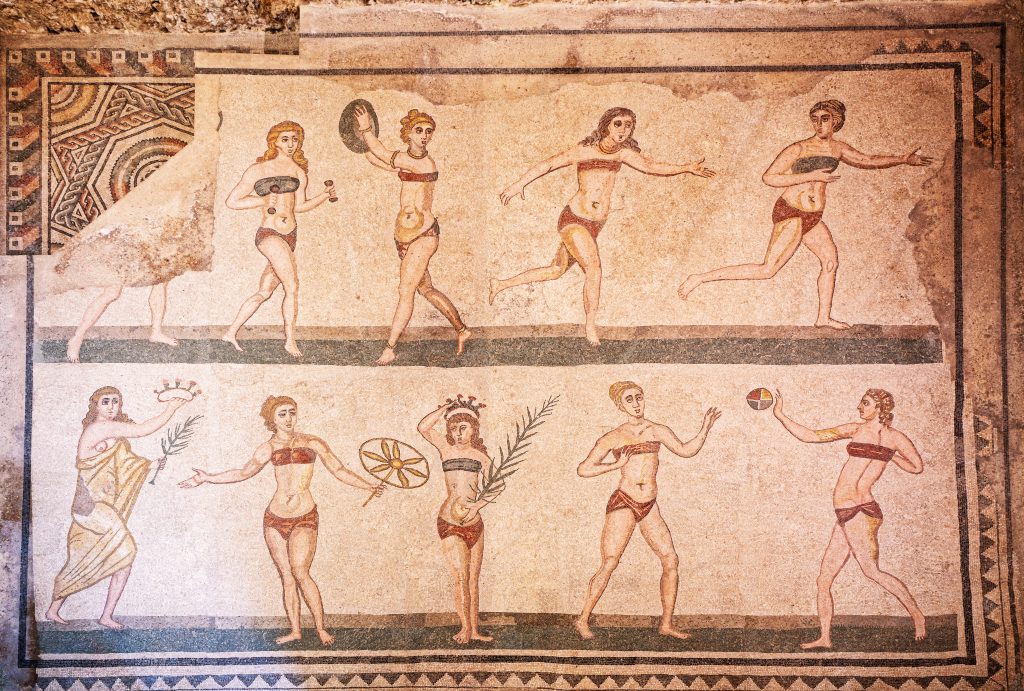
It is here that archaeologists found this surviving fragment of a Roman mosaic dated to the 3rd century. The mosaic appears to show a group of women wearing something similar to a bikini, performing a range of activities or games.
The Puebla Tunnels
Within the Mexican province of Puebla, its provincial capital, Puebla de Zaragoza, holds an interesting secret. Built underneath the city, there runs an extensive underground tunnel system that extends for 10 km and is estimated to be over 500 years old.
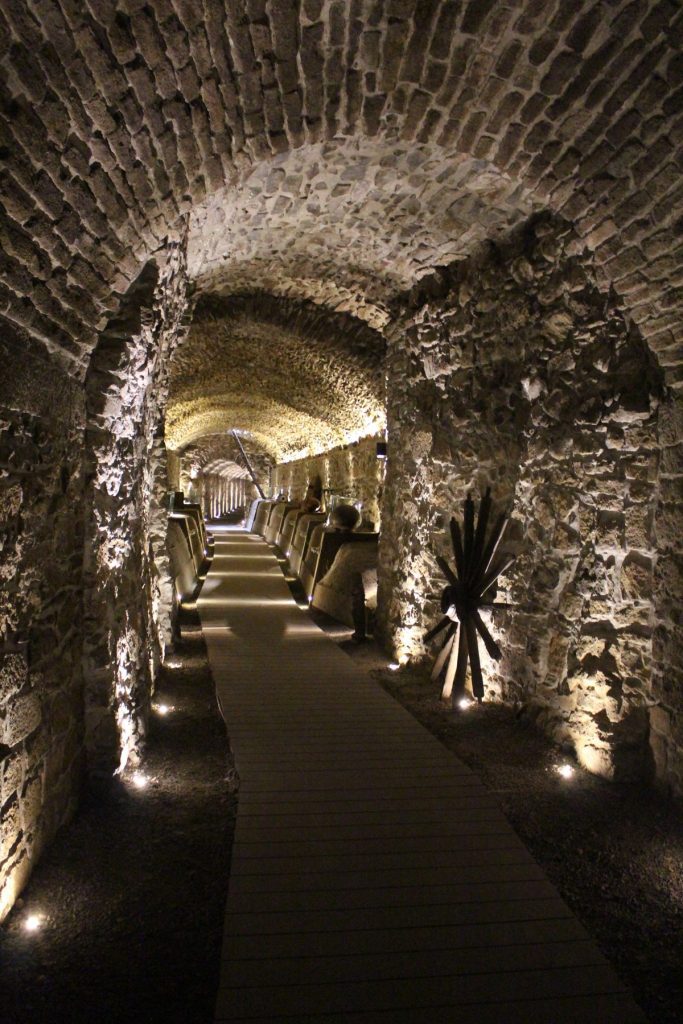
The tunnel system was once thought to be nothing more than a legend… until it was discovered in 2015. What makes the tunnels more interesting, is the fact that one could even ride on horseback through them. Even better, they’re open for tours!
The Ishtar Gate
This brings us to our final entry, into the historic lands of Mesopotamia. Behold, the Ishtar Gate. Built on the order of King Nebuchadnezzar II in 575 BCE, the Ishtar Gate served as the eighth inner gate of the city of Babylon.
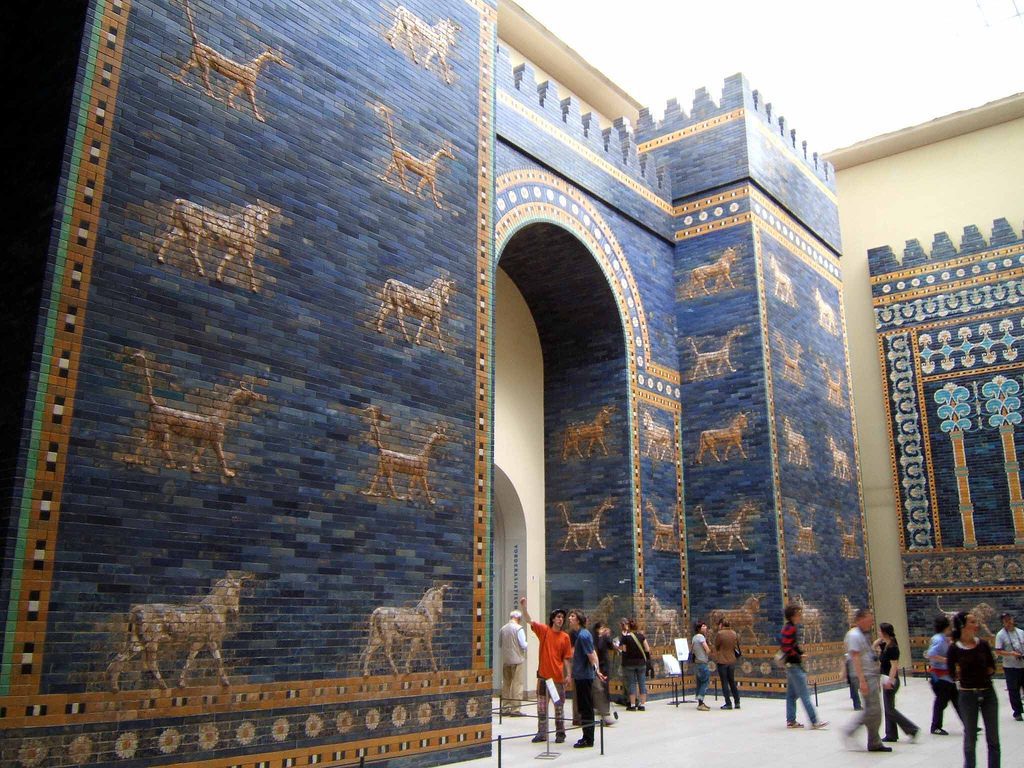
The gatehouse stands at 15 meters tall, though the walls are slightly taller. The exterior of the walls was finished with bricks glazed with lapis lazuli and decorated with golden animals. The gate is on display in the Pergamon Museum of Berlin.
